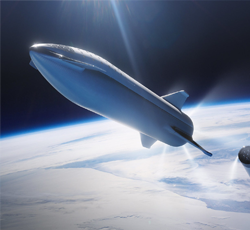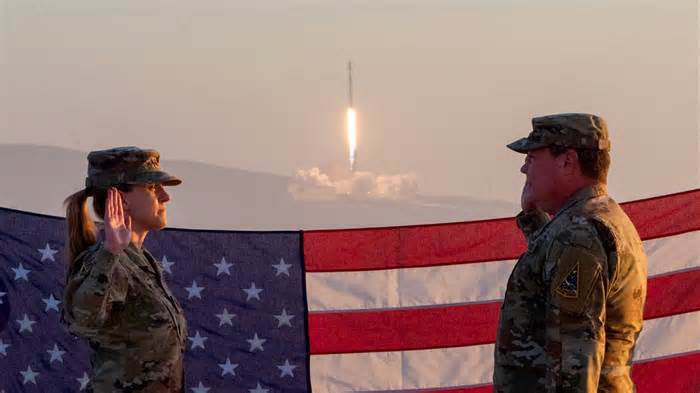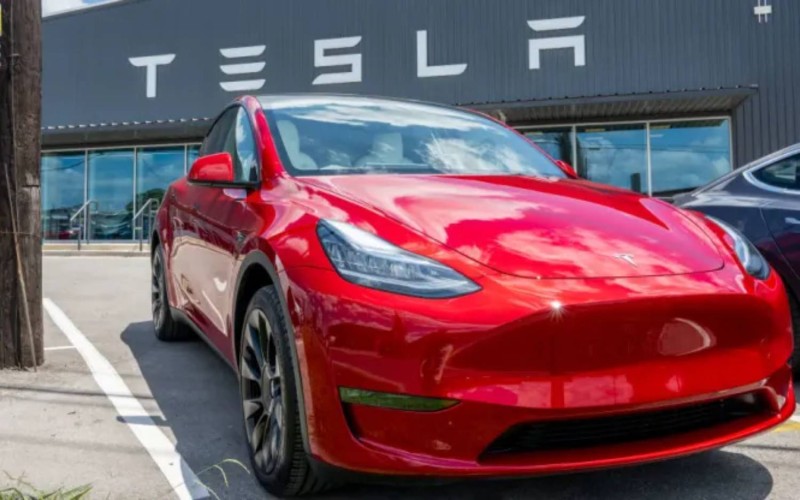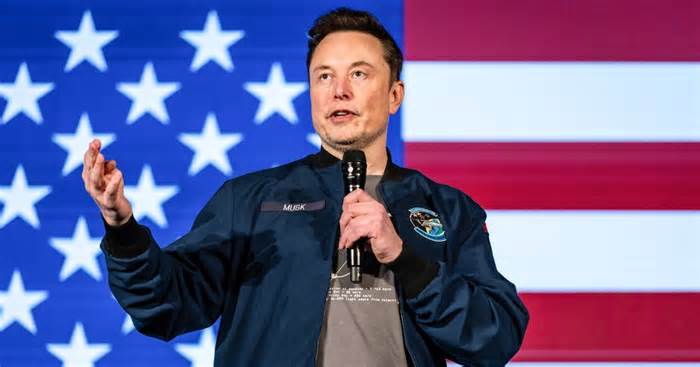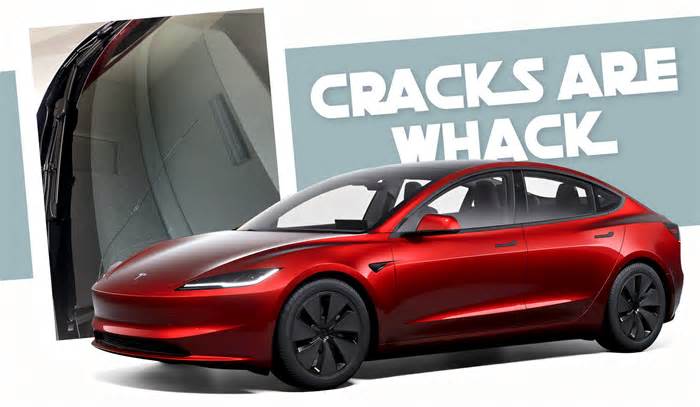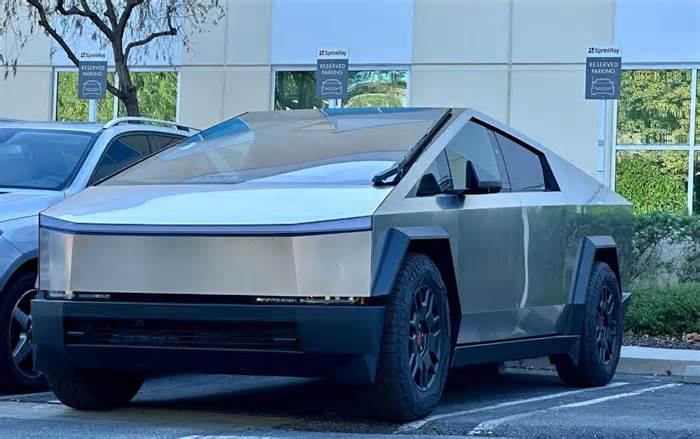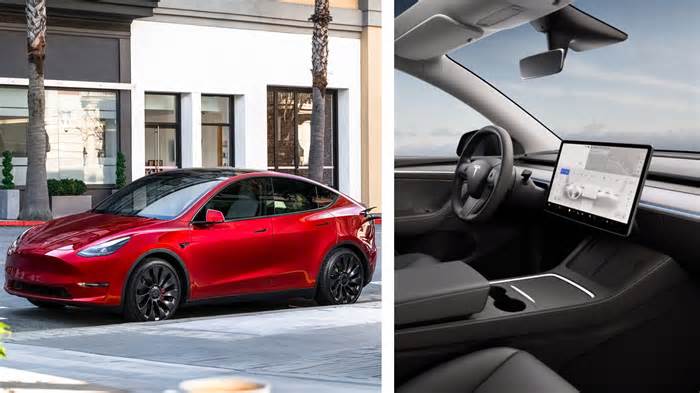
Satellite to mobile: The ultimate answer to coverage dead zones
- by The New Zealand Herald
- Oct 25, 2024
- 0 Comments
- 0 Likes Flag 0 Of 5
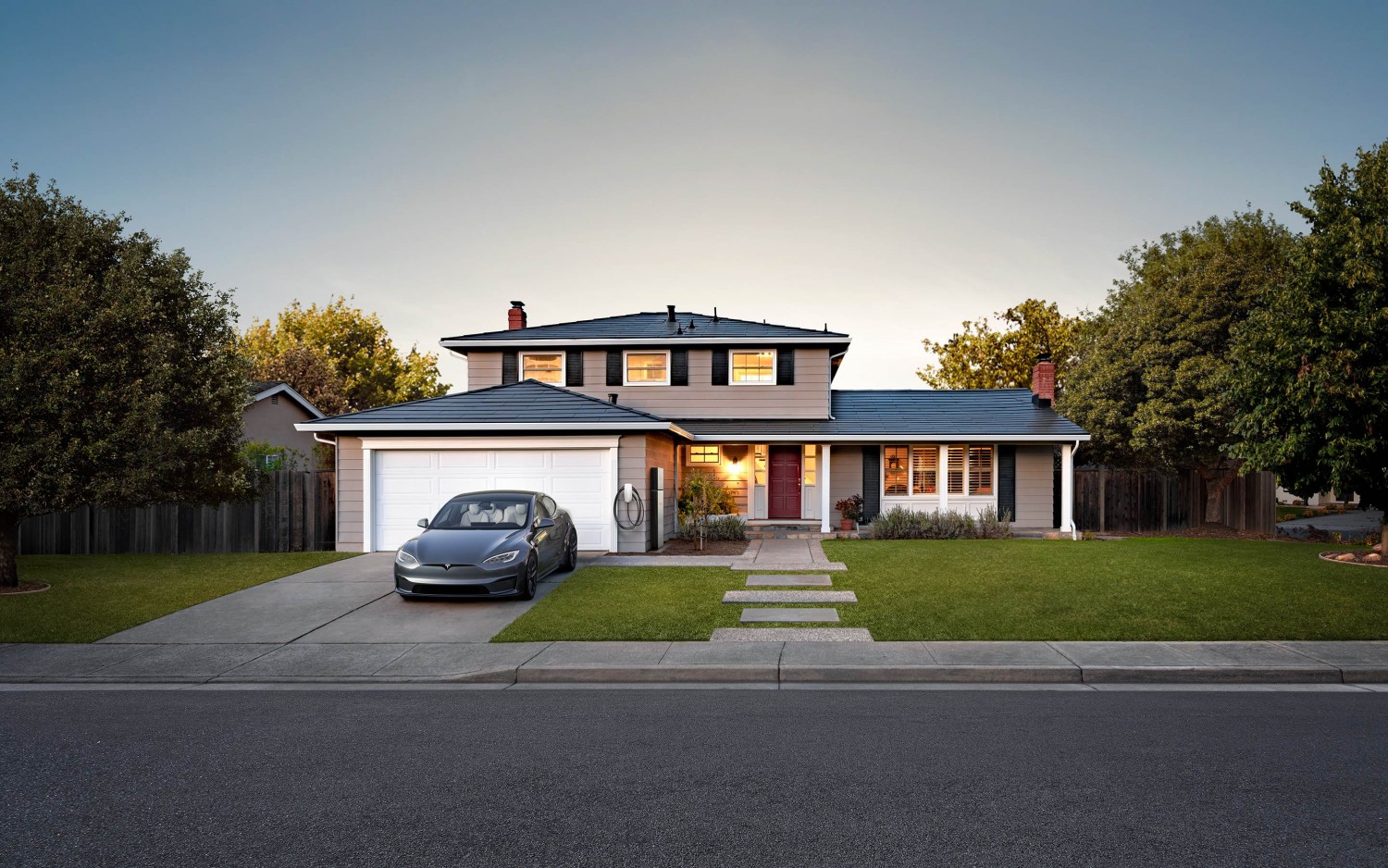
Reddit
There’s a hard truth many Kiwis are reminded of when they head into the most beautiful and remote parts of Aotearoa over the summer months.
While our mobile networks offer coverage to over 99% of the population where they live and work, that coverage only extends to 60% of the country’s landmass. Despite ongoing efforts to extend mobile coverage in rural areas, many hard-to-reach places remain too difficult and expensive to connect with terrestrial networks.
“Due to the nature of our unique geography, that’s unlikely to change,” says Sharina Nisha, General Manager of Network Services at One NZ and a 30-year veteran of the telecommunications industry who has worked on mobile network deployments from the old 2G to the latest 5G technology.
“But soon we will have technology that will provide outdoor mobile coverage no matter where you are in New Zealand,” adds Nisha.
Advertisement Advertise with NZME.
“Our cell sites remained intact, but we lost power to 70% of them in some regions, and fibre backhaul providing connectivity was damaged,” Nisha says.
“It exposed the vulnerability we have with our land-based infrastructure.”
A vital link in a time of crisis
Starlink high-speed internet delivered connectivity to many cell sites as the people of Hawkes Bay and Tairāwhiti responded to the emergency. It got One NZ’s management and engineers thinking about how satellites could play a greater role in network resilience, and keeping Kiwis safer when disaster strikes.
While One NZ’s satellite-to-mobile service will start with the ability to send and receive text messages, the technical roadmap also includes cell broadcasts via satellite. Currently, our mobile operators can send emergency messages to hundreds of thousands of mobile users in a geographic area using the mobile network - as long as the cell sites are working.
“We saw this play out with Hurricane Milton in Florida just a few weeks ago, where Starlink satellites with direct-to-cell capability played a vital role in keeping people connected as the extreme weather disrupted their ground-based mobile network,” says Nisha.
Satellite-to-mobile will also be able to deliver crucial safety cell broadcast alerts to customers that don’t have land based mobile coverage. When voice calling becomes available, One NZ will enable 111 emergency calls as well, allowing anyone to make a call regardless of what mobile operator they primarily use.
So how does this incredible satellite to mobile coverage work?
“The engineering is quite fascinating,” says Nisha.
“It’s still the same 4G technology we use to connect on the ground, but the cell sites are actually in low Earth orbit, around 360 kilometres above the Earth,” she explains.
The Starlink satellites are equipped with highly sensitive phased array antennae which can pick up minute signals emanating from smartphones on Earth.
The satellites communicate with each other via laser beams, while text messages, voice calls and data transfers are sent to satellite ground stations in New Zealand where they are distributed over One NZ’s core network.
Around 200 Starlink satellites orbiting the Earth will initially allow satellite texting via the Starlink service. As more satellites are added, voice calling and basic data transfers will be possible too.
One NZ is currently testing how different types of smartphones might work, and ultimately we’re aiming to have services run on most 4G VoLTE smartphones. However, a subset of more modern handsets will be optimised with a software update first to guide users through the process of text messaging via satellite.
Local testing set to begin
One NZ will announce eligible mobile plans and phones before launch. It has been preparing its network for the debut of satellite-to-mobile and will begin testing the service locally this month. US-based testing by T-Mobile and SpaceX has already been highly successful.
One NZ plans to support basic Rich Communication Services (RCS) messaging, which lets you see if a sent message has been received and read. In an emergency, knowing you’ve successfully gotten the word out is crucial.
“This is about giving our customers the basic connectivity to text family to let them know they are safe, or to text for help if they need it,” says Nisha.
For boaties, it’s another communications lifeline alongside marine radio and satellite-enabled emergency beacons. But the possibilities are endless with the satellites able to communicate with Internet of Things (IoT) devices on the ground too.
“That could prove incredibly useful for monitoring traps in pest eradication programmes, or for environmental monitoring in remote areas,” Nisha says.
“The first step is launching the text messaging service as soon as we can, followed by calling capability. Then we can turn our attention to some of the other really innovative things that this technology enables.”
For more information go to one.nz
Save
Please first to comment
Related Post
Stay Connected
Tweets by elonmuskTo get the latest tweets please make sure you are logged in on X on this browser.
Sponsored
Popular Post
tesla Model 3 Owner Nearly Stung With $1,700 Bill For Windshield Crack After Delivery
35 ViewsDec 28 ,2024
Middle-Aged Dentist Bought a Tesla Cybertruck, Now He Gets All the Attention He Wanted
32 ViewsNov 23 ,2024





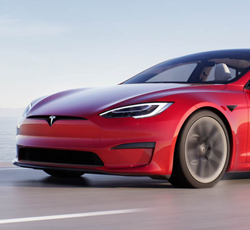
 Energy
Energy